You can trust Cyclingnews
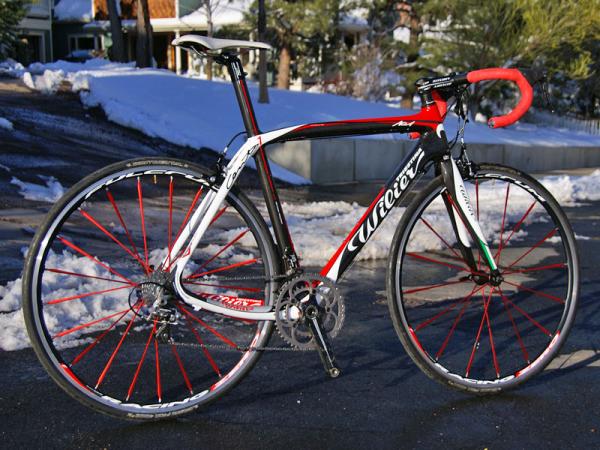
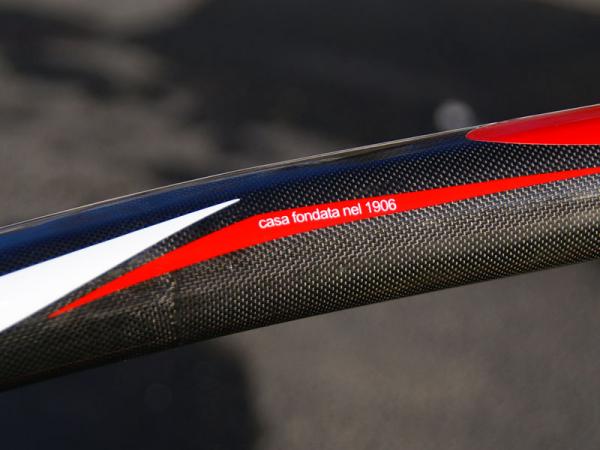
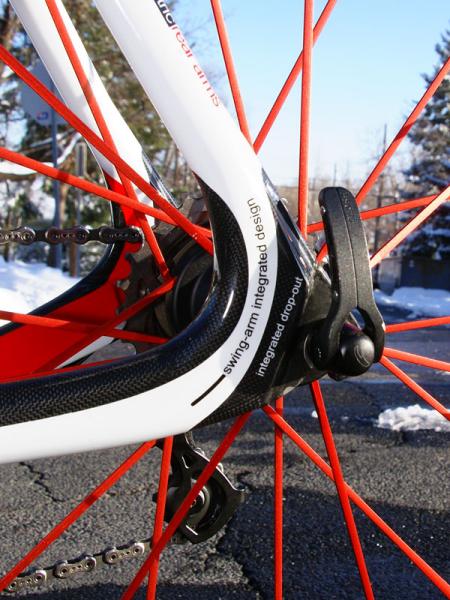
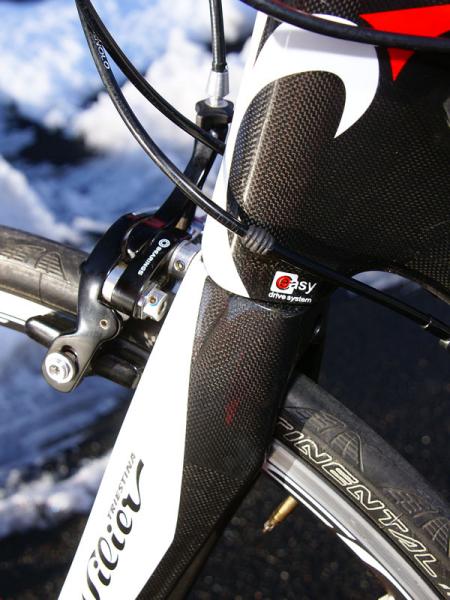
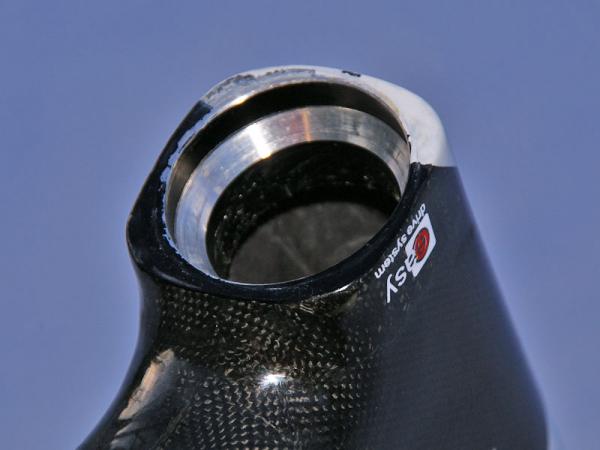
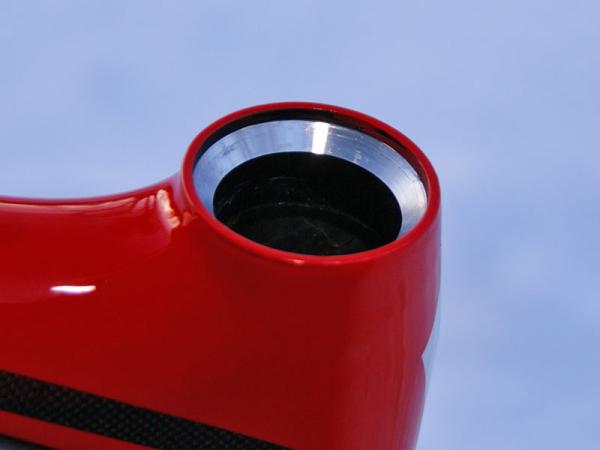
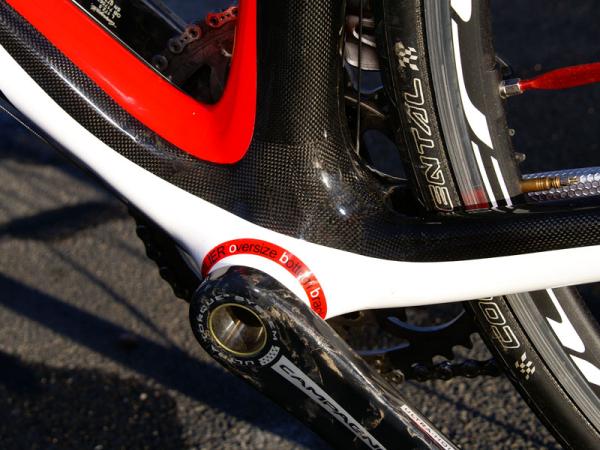
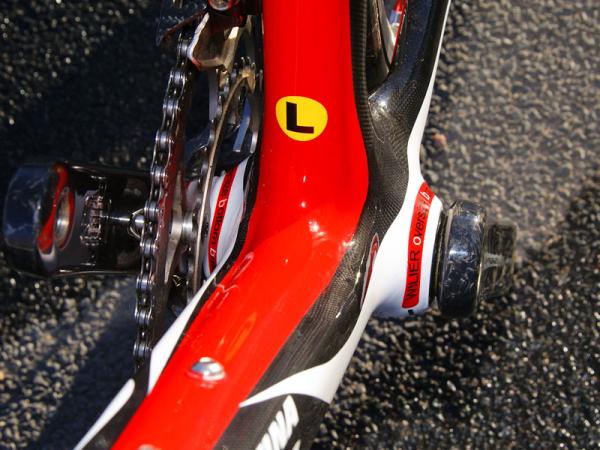
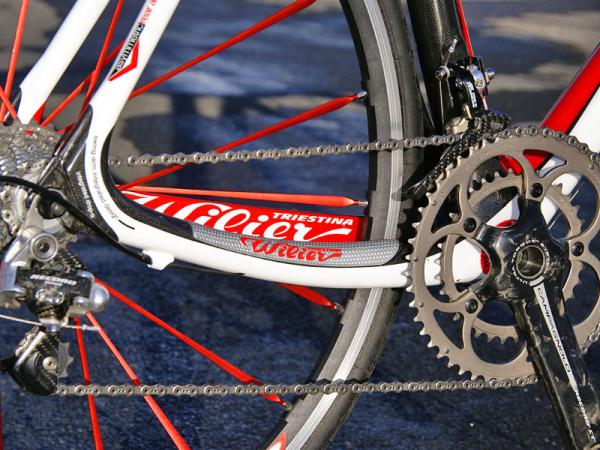
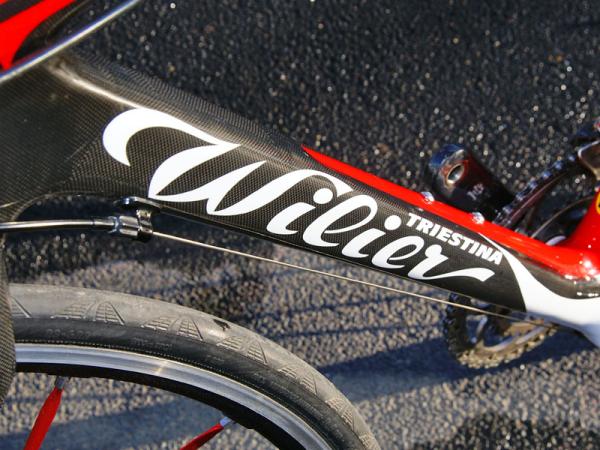


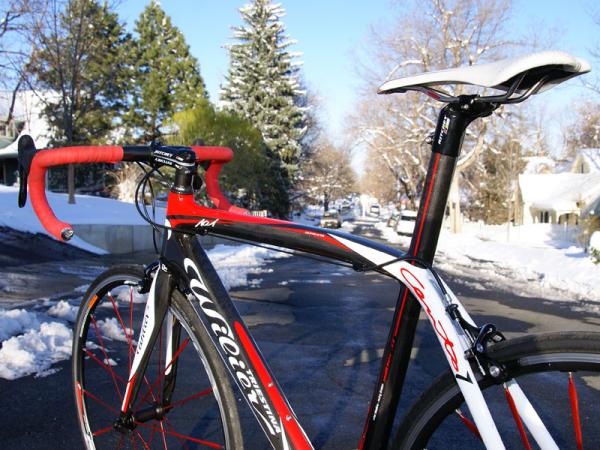
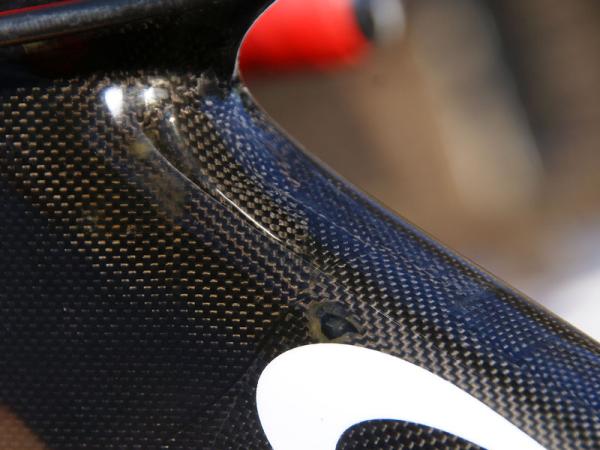
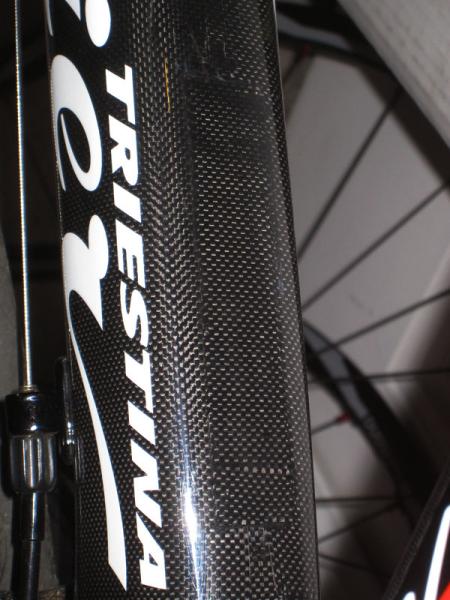

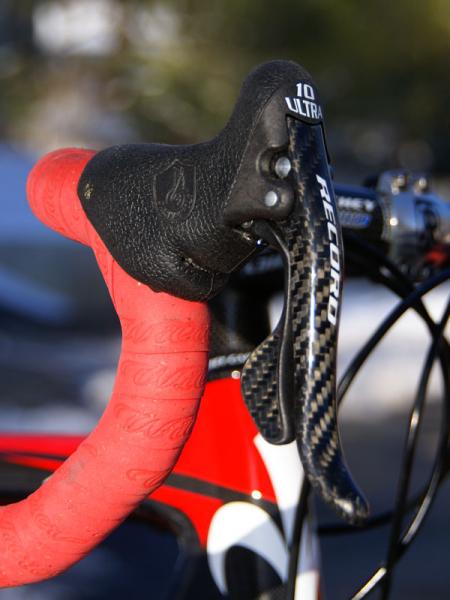
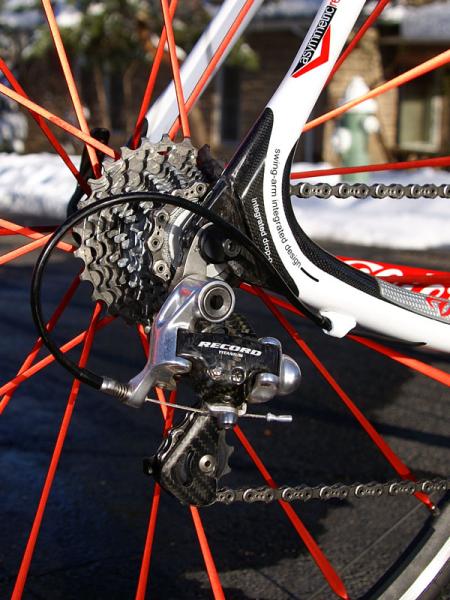
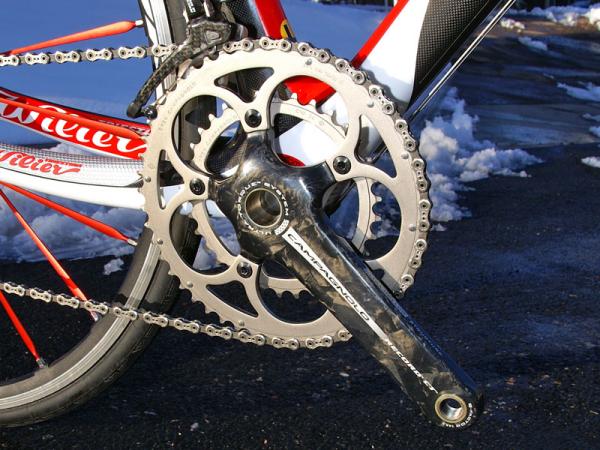
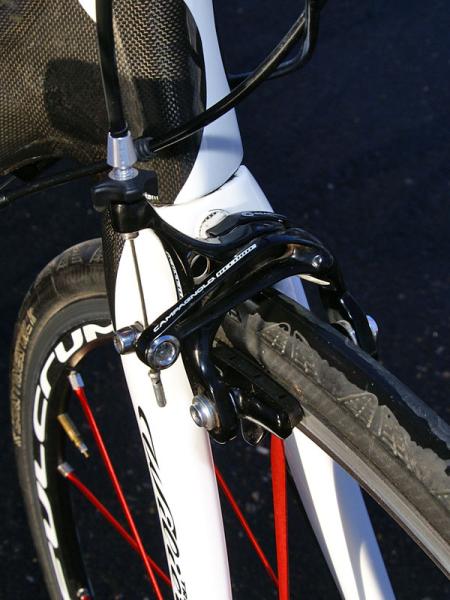
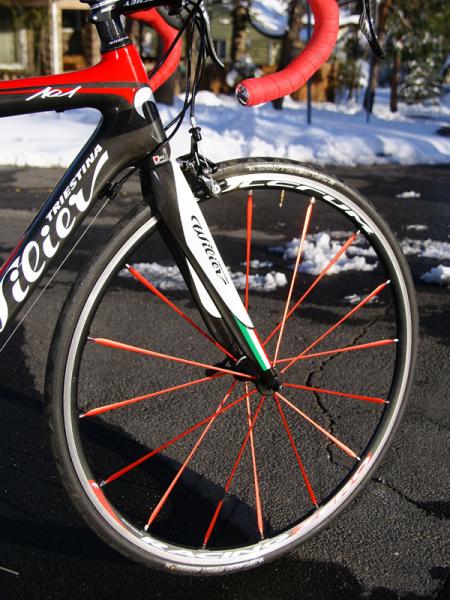
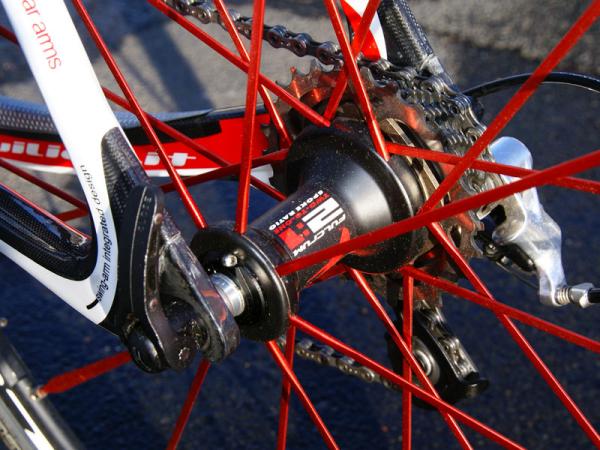
Wilier Triestina ducks out of the ever-escalating 'stiffer and lighter' technology wars with its Cento Uno flagship, a carbon bike that stands out not for its commanding dominance of any one performance criterion but rather its impressive versatility and proficiency across a wide range of conditions. It may not win any lab bench tests but as an all-round race bike it's a worthy option.
Pedal it
The Cento Uno isn't quite as stiff overall as some of its competition – under power it's notably a step behind the Scott Addict and quintessential German carbon rigs like the Isaac Sonic – nor is it as light. In fact, the 1,240g actual frame weight (large size, measured without the included Ritchey seatmast head) is nearly 200g more than the claimed average. Fork weight, however, is as advertised at 350g with a 235mm-long steerer.
Even so, the Cento Uno still ranks towards the upper end of the scale rigidity-wise with very little twist when torquing on the handlebars and a fairly snappy feel to the bottom bracket when stomping on it out of the saddle. Likewise, the complete package still builds up reasonably light for this segment at 7.08kg (15.6lb, without pedals) with a still-excellent Campagnolo Record 10 group and Fulcrum Racing Zero aluminum clinchers.
Still, one would expect more for a US$4,300 frameset, right?
Where the Cento Uno excels is in its ride quality and handling. Say what you will about integrated seatpost designs but in this case, the oversized round mast provides reassuringly direct feedback through the saddle for what's going on at the back end without being overly harsh. In addition, the slightly softer frame also leaves you feeling surprisingly fresh after 200km+ days.
Geometry is spot-on, too, with handling characteristics well honed over Wilier Triestina's century of experience – the Cento Uno is not a crit bike nor a dedicated stage racer but can still hold its own in either situation. Old World traditions yield versatile 73/73.5-degree head/seat tube angles for our large tester, along with a 555mm effective top tube length and not-too-short 159mm head tube. Though the front end foregoes the increasingly popular tapered design for a straight 1 1/8" steerer, a reinforced crown on the matching Monoscocca carbon fork and lower head tube area still make for very precise steering control and chatter-free braking while the perfect balance between the fork and frame inspire confidence in tricky downhill situations, too.

Our demo bike boasted a similarly rock solid – though rather eclectic – parts pick. Campagnolo's veteran 10 speed Record group stands out as durable and dependable [albeit with some shifting issues noted below] but the compact crankset and 13-25T cassette left us a little undergeared at times. Thankfully, consumers will likely be able to choose ratios that best suit them.
Other component highlights include the light and nimble Fulcrum Zero clinchers and the proven Continental GP 4000S clincher tires plus an all-Ritchey cockpit comprising ergo-bend Pro carbon bars, the company's venerable WCS 4-bolt forged aluminum stem and a WCS internal headset. All in all the parts package could be lighter but offered mostly reliable performance and a well documented Pro Tour track record.
The 411 on the ‘101’
The Cento Uno is a direct descendent of Wilier’s previous century-in-framebuilding Cento flagship and incorporates feedback from Lampre pro riders Damiano Cunego and Alessandro Ballan. Naturally, goals for the new bike included lighter weight and increased stiffness, but without negatively affecting its all-round suitability or overall comfort.
The culmination resulted in a new ISP (integrated seatpost) design, utilizing Mitsubishi’s 46-ton high modulus carbon material and the Cento's arcing main tube shapes but an all-new 'looped' rear end that Wilier claims offers more vertical movement. The chain stays are also highly asymmetrical with the driveside stay notably lowered to reduce chain slap.
Down below Wilier adds an integrated bottom bracket specifically sized for Campagnolo's Ultra Torque system. In lieu of additional cups, the bearings insert directly into the shell, which even incorporates the requisite groove around the circumference of the driveside edge for the stock snap ring. Spacers are included for use with Shimano or SRAM cranksets as well.
ISP detractors, take note: while it's true the fixed mast can make it difficult to fit the bike in a case or box when traveling to events or even fitting different sized people on the same bike, Wilier has designed the inside of the seat tube with a consistent 31.6mm-diameter internal bore. As a result, the mast can be cut to a more traditional dimension and a standard telescoping seatpost can be used with an external seat collar if needed. This feature may only come into play when you go to pass your Cento Uno on to someone else but it exhibits some forethought nonetheless.

The issues
Two areas drew our concern and are worthy of mention. First, the dropped and curved driveside chain stay may reduce chain slap but it also makes for a less-than-optimal path for the internally routed rear derailleur cable. Wilier has addressed this with some low-friction liner to ease the cable through the frame entry/exit point but there was still enough additional drag on hand that we could never get the rear derailleur to shift 100 percent correctly in both directions no matter what we did with the available adjustments [note that our Chris Davidson is also a pro team mechanic with experience on UCI-registered Campagnolo-sponsored teams – Ed.]. Our experience indicates that this cable routing binding issue might pose an even greater potential problem with the newer – and more lightly sprung – 11 speed groups that the Lampre team runs.
Second, our test bike came with a sizeable anomaly in the cosmetic 1k finish weave. Seemingly staring up at us from the top of the wide down tube up by the head tube was a 20x80mm 'patch' . Wilier insists that this blemish was isolated to our non-representative early preproduction sample and true to its word, we found no similar patches in subsequent inspections of other Cento Uno models that we could lay our hands on. However, we did still note other examples – though far more minor – of less-than-perfect surface finish, particularly where separate frame sections were bonded together.
While not affecting the ride, to say that these sorts of aesthetic defects are a disappointment on a frameset costing north of US$4,000 would be an understatement. Thankfully, Wilier has since debuted a new Cento 1 SL model with a unidirectional top sheet that we expect to offer a more consistent appearance.
The final word
Our time on the Wilier Cento Uno leaves us a bit torn. On the one hand, the lightweight ISP design offers excellent feel and handling combined with all day comfort and smoothness matched with a stiff-enough backbone – not to mention the prestige associated with a set of hard-earned rainbow stripes. It's no wonder the hallmark of Lampre victories is the potent late race attack; these Pro Tour riders are fresh and lively after a long day on the Cento Uno.
However, the rear derailleur cable drag and surface finish are genuine causes for concern – the latter obviously doesn't affect performance but there's little point to a sweet-riding frame if the shifting needs constant attention.
Pros: Very Euro cool, super smooth ride, light, proven race winner, versatile ISP system, stellar handling characteristics
Cons: High cost, cable routing issues, not as stiff as some, inconsistent 1k carbon finish appearance.